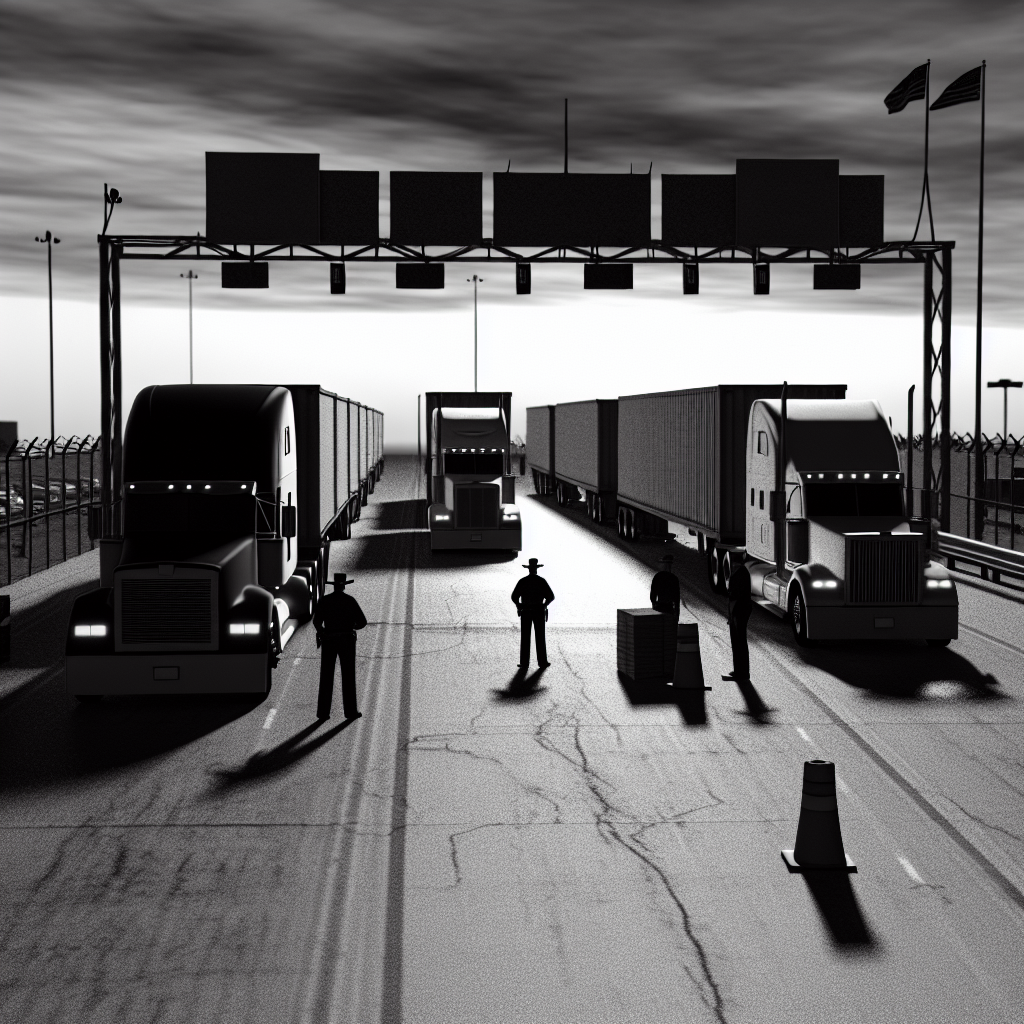Importers eyeing tariff relief are doubling down on customs zone strategies in Mexico just as new U.S. truck duties raise the stakes. On October 17, the White House finalized a 25% tariff on imported medium- and heavy-duty trucks starting November 1, plus a 10% duty on imported buses — a move that directly hits U.S.–Mexico supply chains where cross-border assembly is the norm. For trucking and logistics operators, that puts fresh urgency behind duty-deferral playbooks on both sides of the border, including Mexico’s customs-controlled zones and U.S. Foreign-Trade Zones (FTZs).
Washington carved out critical nuances: trucks that qualify under USMCA will be taxed only on their non‑U.S. content once Commerce sets the methodology, while truck parts are temporarily exempt as rules are finalized. The administration also extended to 2030 a 3.75% credit tied to the sticker price of eligible U.S.-assembled vehicles — now including trucks — to blunt the hit to domestic manufacturing. For border-focused fleets and shippers, those details will determine whether the bill comes due at the dock door or can be deferred and minimized through careful sourcing and documentation.
Why this matters to trucking: effective November 1 is a hard date that could reshuffle cross-border flows. In the near term, importers may stage inventory in Mexican customs zones or U.S. FTZs to time entries, finalize origin calculations and align with the new content rules — all of which can shift drayage patterns, yard utilization and cross-dock demand in Laredo, El Paso, Nogales and the Monterrey-Saltillo arc. That planning window is narrow, and it will reward carrier–shipper pairs that can toggle between in-bond moves, zone admissions and just‑in‑time border clearances.
The policy trajectory in Mexico adds another variable. The Economy Ministry this week reiterated a stricter posture on export-manufacturing compliance, signaling ongoing audits and cleanup of IMMEX program rolls. That scrutiny, paired with U.S. tariff complexity, is pushing some manufacturers and their logistics partners to re-evaluate where they park inventory, perform light processing and file entries — with customs‑controlled facilities rising on the checklist as a way to keep options open while paperwork catches up.
For operators, three tactical pivots stand out. First, origin math matters: mapping U.S. content at the model level can reduce the duty base for USMCA‑qualifying trucks; that requires tighter supplier data and earlier documentation handoffs to brokers. Second, inventory strategy: holding freight under zone control — in Mexico or in a U.S. FTZ — can defer cash outlays until Commerce finalizes the non‑U.S. content calculation and CBP issues operational guidance. Third, production routing: the expanded vehicle credit through 2030 nudges more final assembly north of the border, which could alter backhaul opportunities and parts flows for cross‑border carriers.
Bottom line for the border: the tariff structure does not halt North American truck trade, but it changes the math — and fast. Expect more conversations about zone admissions, in‑bond routings and content certification alongside day-to-day questions about capacity, dock times and chassis turns. Carriers that can translate the new rules into reliable transit plans — and shippers that can prove out their origin claims — will preserve speed while cushioning duty exposure.
Sources: FreightWaves, Reuters, Financial Times, The White House, Commercial Carrier Journal, Eje Central
This article was prepared exclusively for TruckStopInsider.com. Republishing is permitted only with proper credit and a link back to the original source.





